(PLVN) - "Vietnam has many outstanding advantages in the capacity to produce aquatic products compared to other competing countries", said Mr. Tran Dinh Luan - Director of the Department of Fisheries, Ministry of Agriculture and Rural Development (MARD).
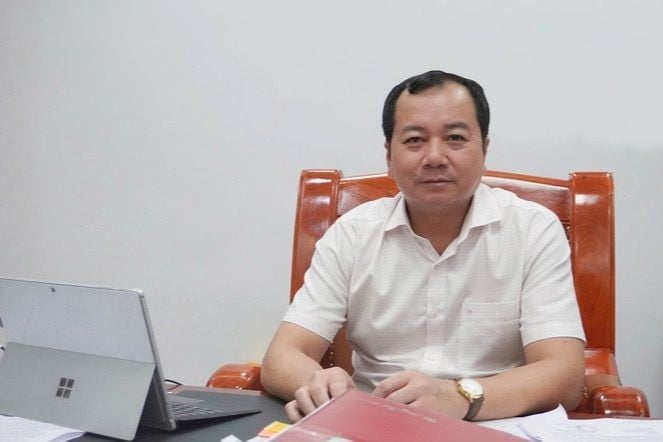 |
| Director of the Department of Fisheries, Ministry of Agriculture and Rural Development Tran Dinh Luan believes that Vietnam's fisheries will maintain growth and development momentum in 2025. (Photo: PV) |
(PLVN) - "Vietnam has many outstanding advantages in the capacity to produce aquatic products compared to other competing countries", said Mr. Tran Dinh Luan - Director of the Department of Fisheries, Ministry of Agriculture and Rural Development (MARD).
Seafood export turnover reaches impressive numbers
In 2024, the Vietnamese seafood industry spectacularly surpassed the 10 billion USD mark. Director of the Department of Fisheries Tran Dinh Luan said that this success came from the coordinated efforts of management agencies from the central to local levels, the business community, people and associations. The direction and management were very flexible, knowing when to increase production and when to maintain it at an effective level.
“For example, in the last months of 2024, when the market showed favorable signs, the direction and management of the Central Government, the Ministry of Agriculture and Rural Development and localities helped maximize production efficiency. We have basically ensured enough raw materials for export, not only in the aquaculture sector but also exploited species such as tuna, squid, octopus, etc., which also achieved high export value,” Director Tran Dinh Luan shared.
In addition, the agility of the business community and localities in seizing market opportunities, thereby returning to organize production according to increasingly better chains. This is the result that the seafood industry has achieved from effective production organization and the restructuring process. This success is an important premise for development steps in 2025.
Diversify seafood products
According to Mr. Tran Dinh Luan, implementing the direction of the Minister of Agriculture and Rural Development, the Department of Fisheries has deployed many innovative models to increase production efficiency, reduce feed conversion ratio, increase the survival rate of aquatic products and reduce emissions into the environment.
Currently, there are no mandatory requirements for emission reduction and green growth in the fisheries sector. However, the Department of Fisheries believes that this is an export industry, so it must meet the general requirements of the world market. This is also an inevitable trend, and Vietnamese fisheries need to proactively integrate with the requirements of import markets.
The Department of Fisheries is also building a number of models linking businesses and innovators with techniques to continue to improve to further increase production efficiency. Through this, tools are used to calculate specific emissions for each model. Initial results show that there are improvements to reduce emissions in the fields of shrimp farming, pangasius farming or marine farming.
Integrated farming models of fish, mollusks and seaweed are proving to be sustainable, helping to reduce emissions and improve economic efficiency.
In the coming time, the Department of Fisheries will continue to actively promote and guide the replication of effective models, helping seafood producers to learn and follow.
In the Aquaculture Development Program approved by the Prime Minister, shrimp and pangasius farming areas will not be expanded, but instead will focus on improving quality and production efficiency. The Aquaculture Industry will continue to implement this goal to maintain export momentum. At the same time, it will promote deep processing, extend the value chain, and limit by-products to increase efficiency.
In addition, diversification of farming objects is inevitable. For freshwater farming, recently farmers and businesses have developed eel farming, initially with high export value. Or tilapia also has a lot of potential, especially in the northern provinces.
Director Tran Dinh Luan said that in the coming time, Vietnam's fisheries will continue to exploit the potential of water surfaces, especially reservoirs, river systems, etc. Prioritizing the promotion of production, organizing production links in chains, cooperatives, and cooperative groups.
Regarding marine aquaculture, the Department of Fisheries has recently provided technical training to farmers to improve their skills and techniques; and built sustainable aquaculture models, such as oysters and seaweed. In addition, it is also moving towards developing other species such as abalone, sea cucumbers, marine fish, etc.
For offshore aquaculture, many businesses are currently eager to participate. The Director of the Department of Fisheries believes that in the near future, if we can hand over the sea surface beyond 6 nautical miles to large-scale investment businesses, marine aquaculture will be one of the breakthrough strengths, contributing significantly to Vietnam's seafood export turnover.
Source: https://baophapluat.vn/giu-da-tang-truong-xuat-khau-thuy-san-nam-2025-post537742.html


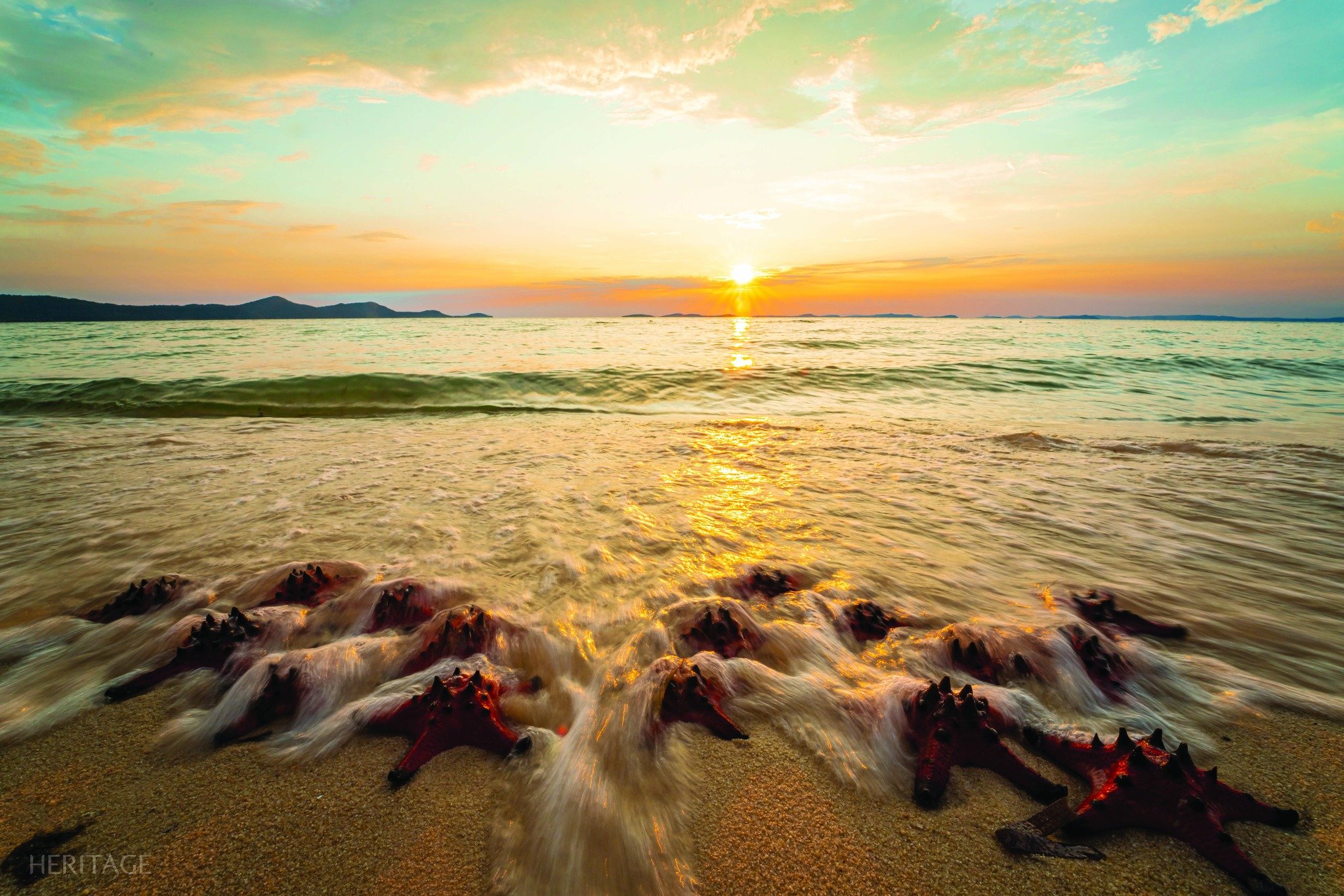
![[Photo] Ministry of Defense sees off relief forces to the airport to Myanmar for mission](https://vstatic.vietnam.vn/vietnam/resource/IMAGE/2025/3/30/245629fab9d644fd909ecd67f1749123)

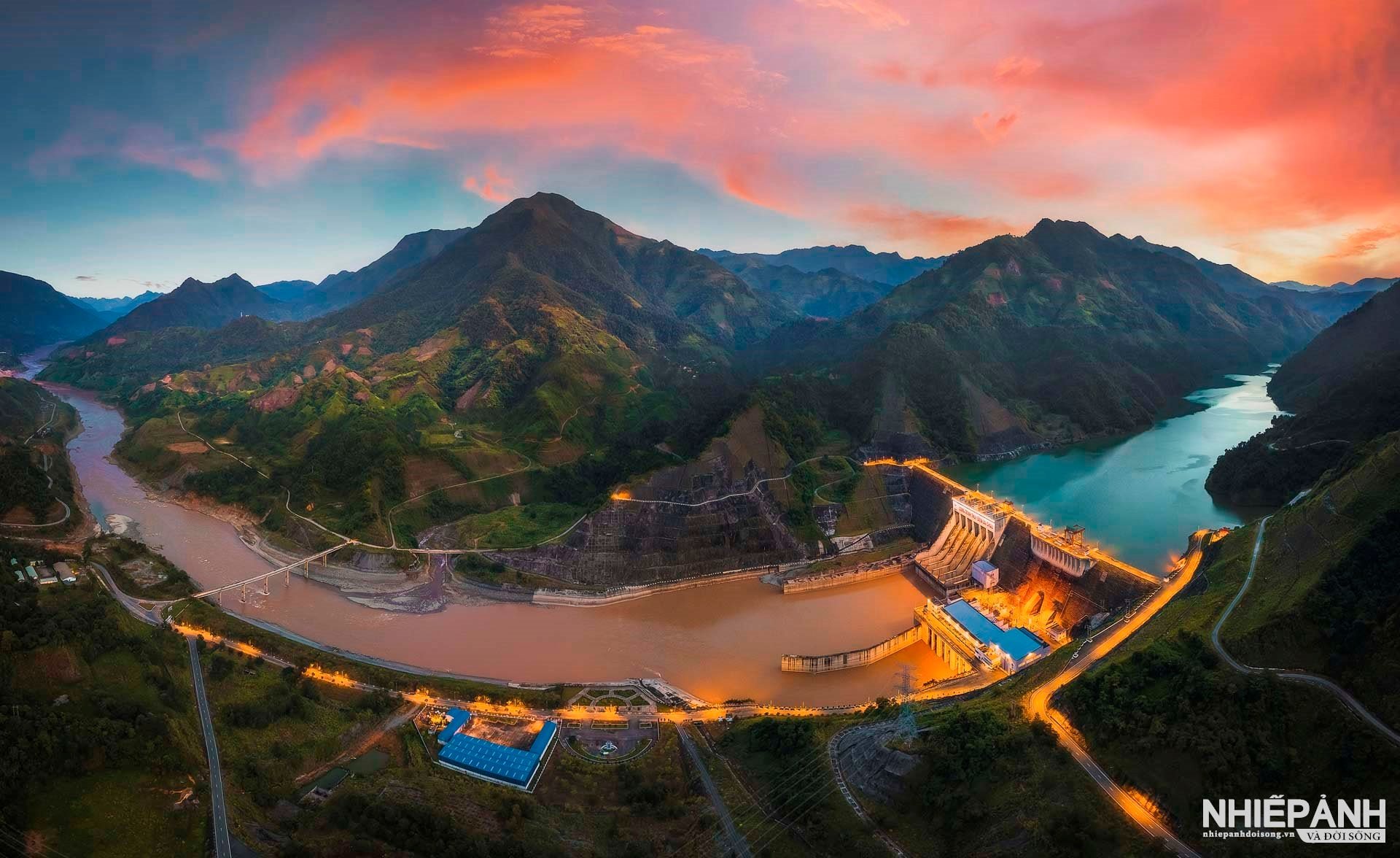
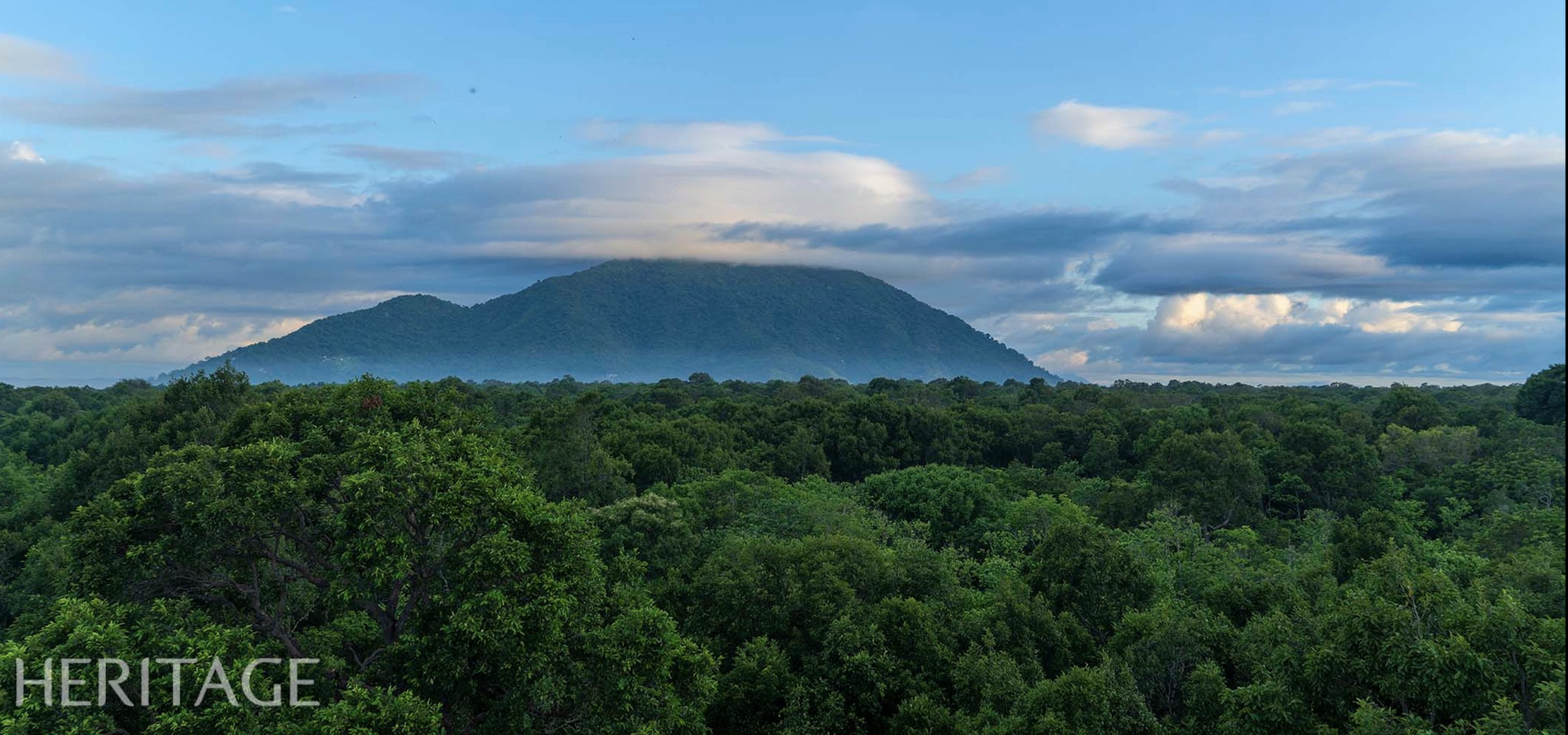

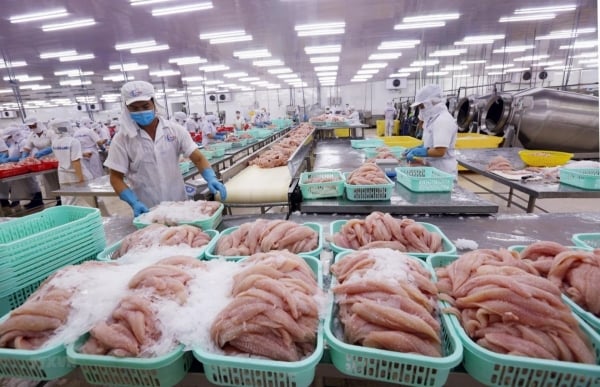

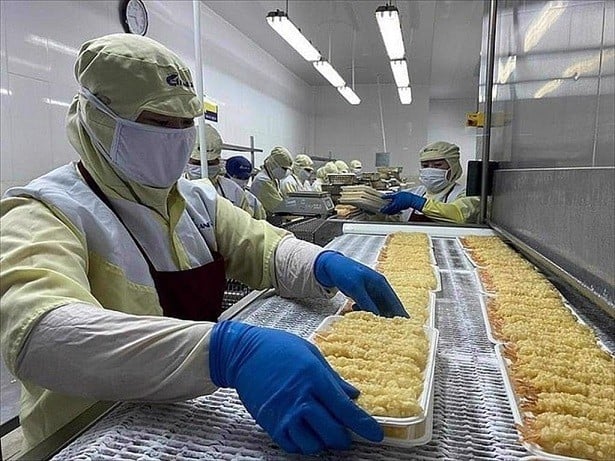

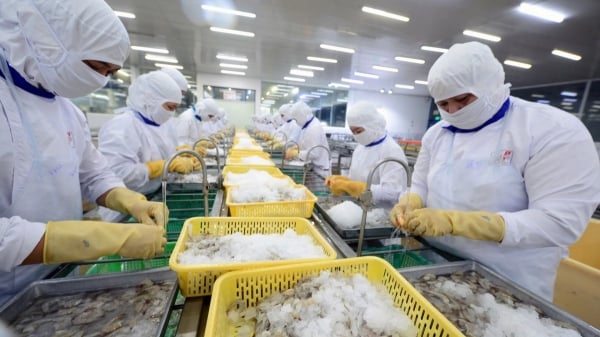

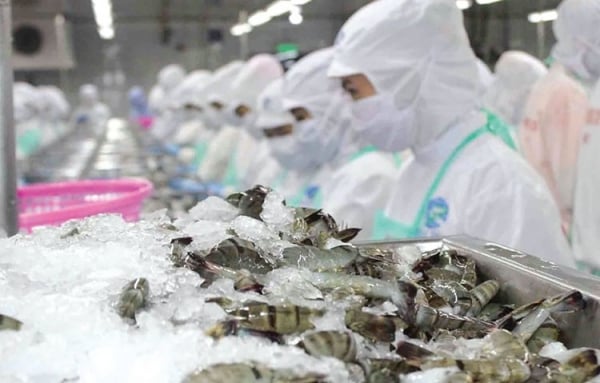
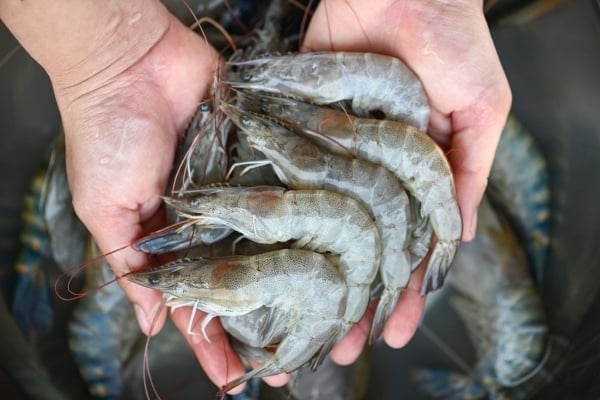
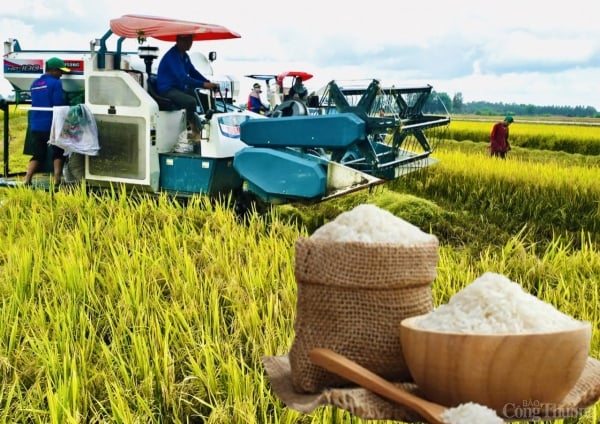
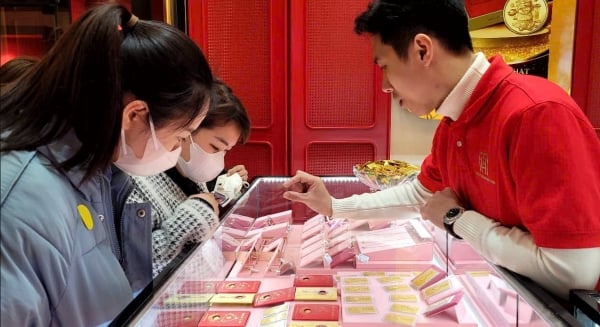

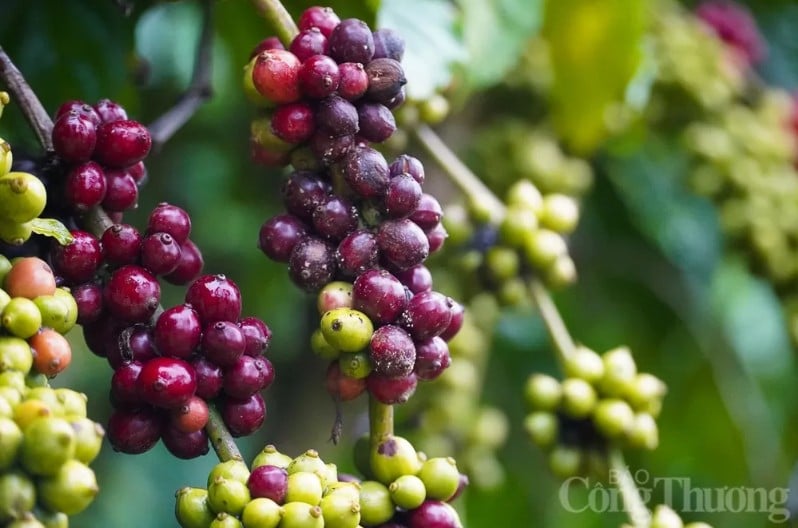







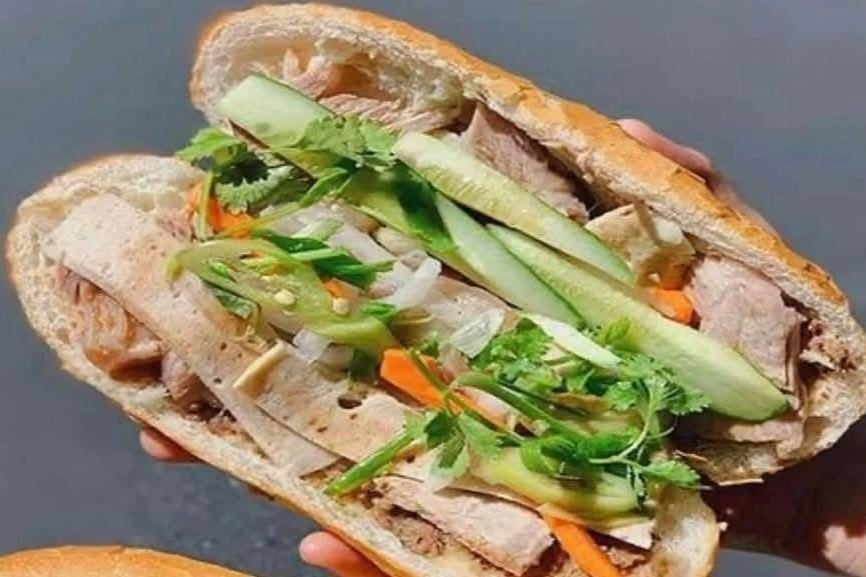
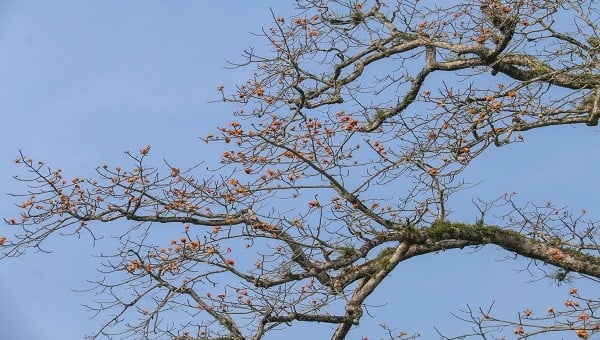
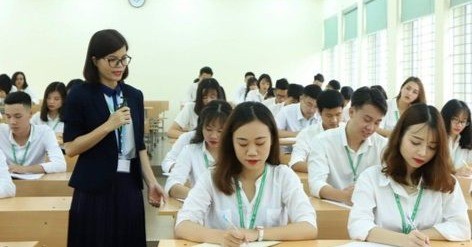

![[Photo] Prime Minister Pham Minh Chinh chairs meeting to remove difficulties for projects](https://vstatic.vietnam.vn/vietnam/resource/IMAGE/2025/3/30/7d354a396d4e4699adc2ccc0d44fbd4f)
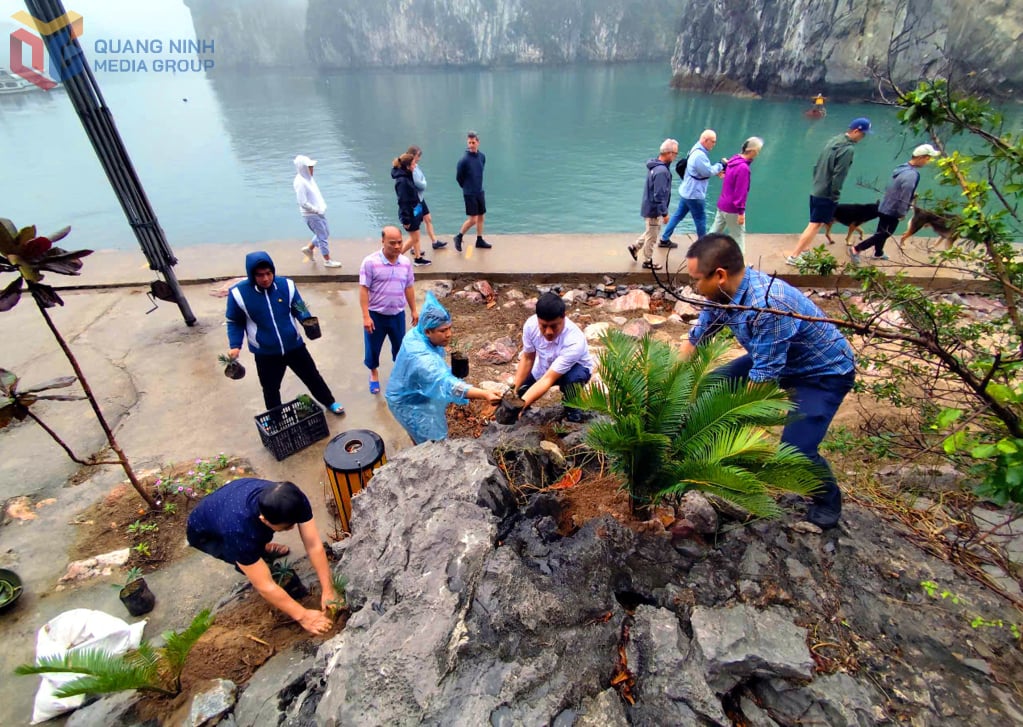

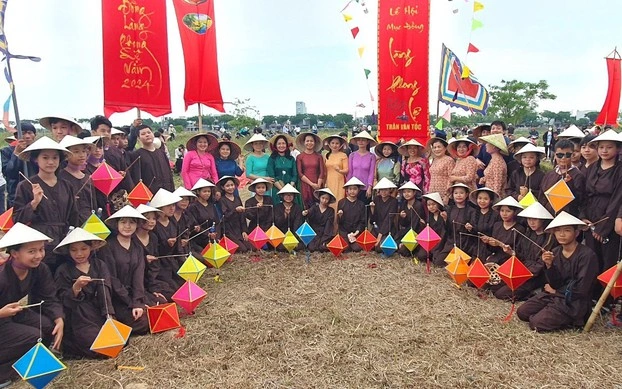





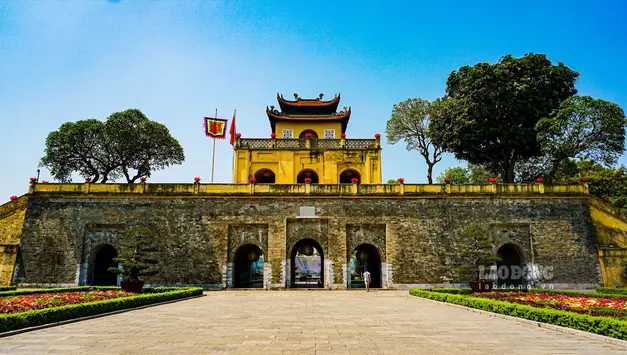











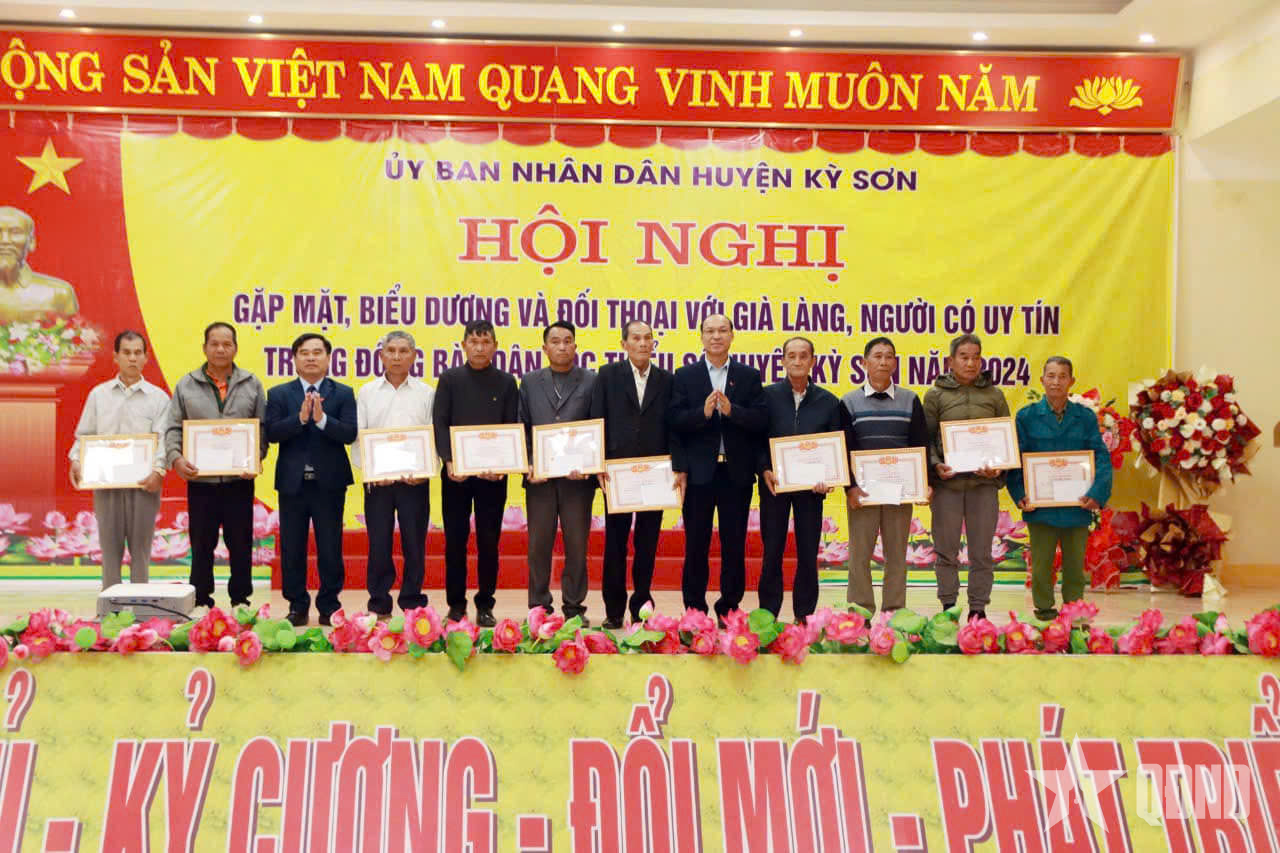










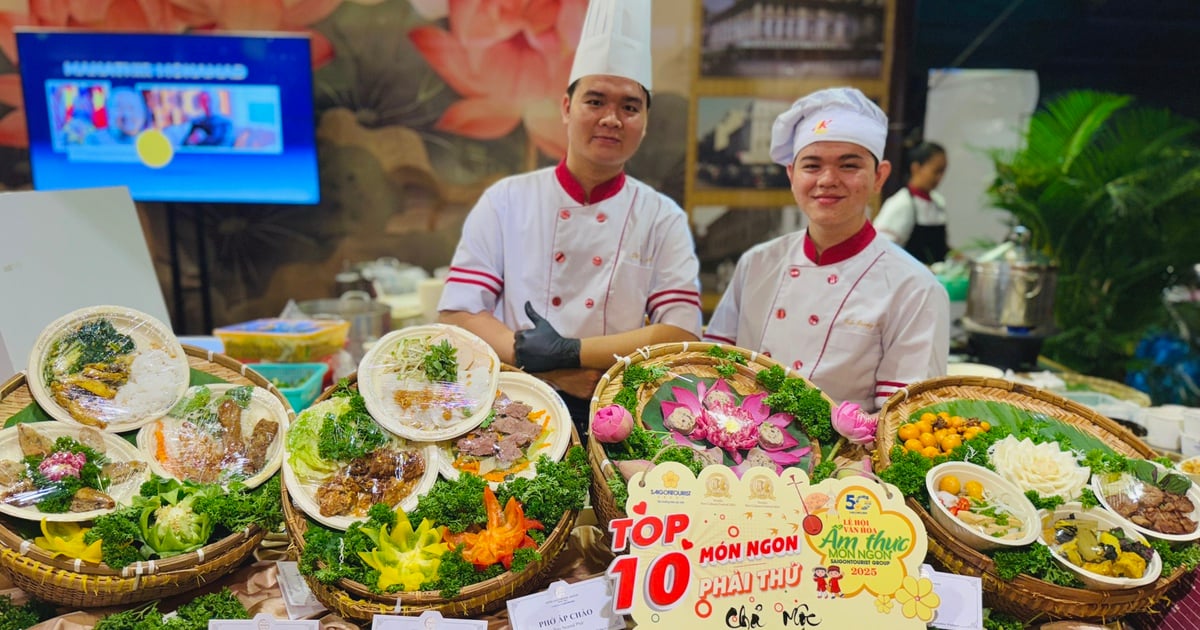









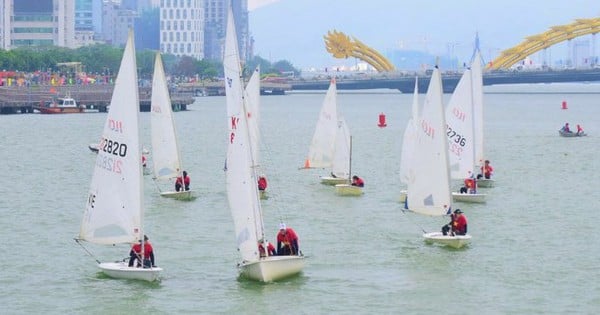
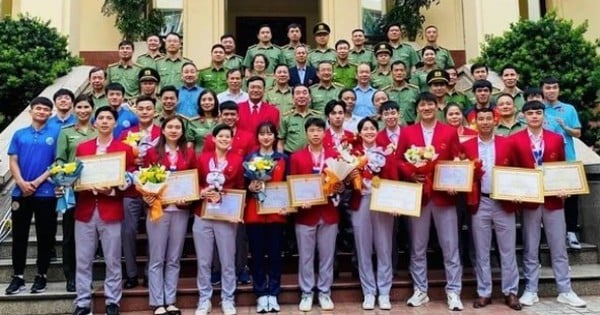
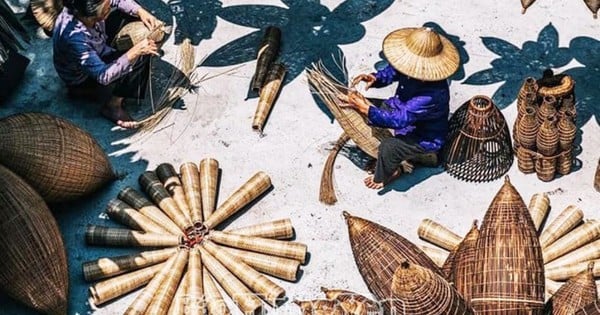
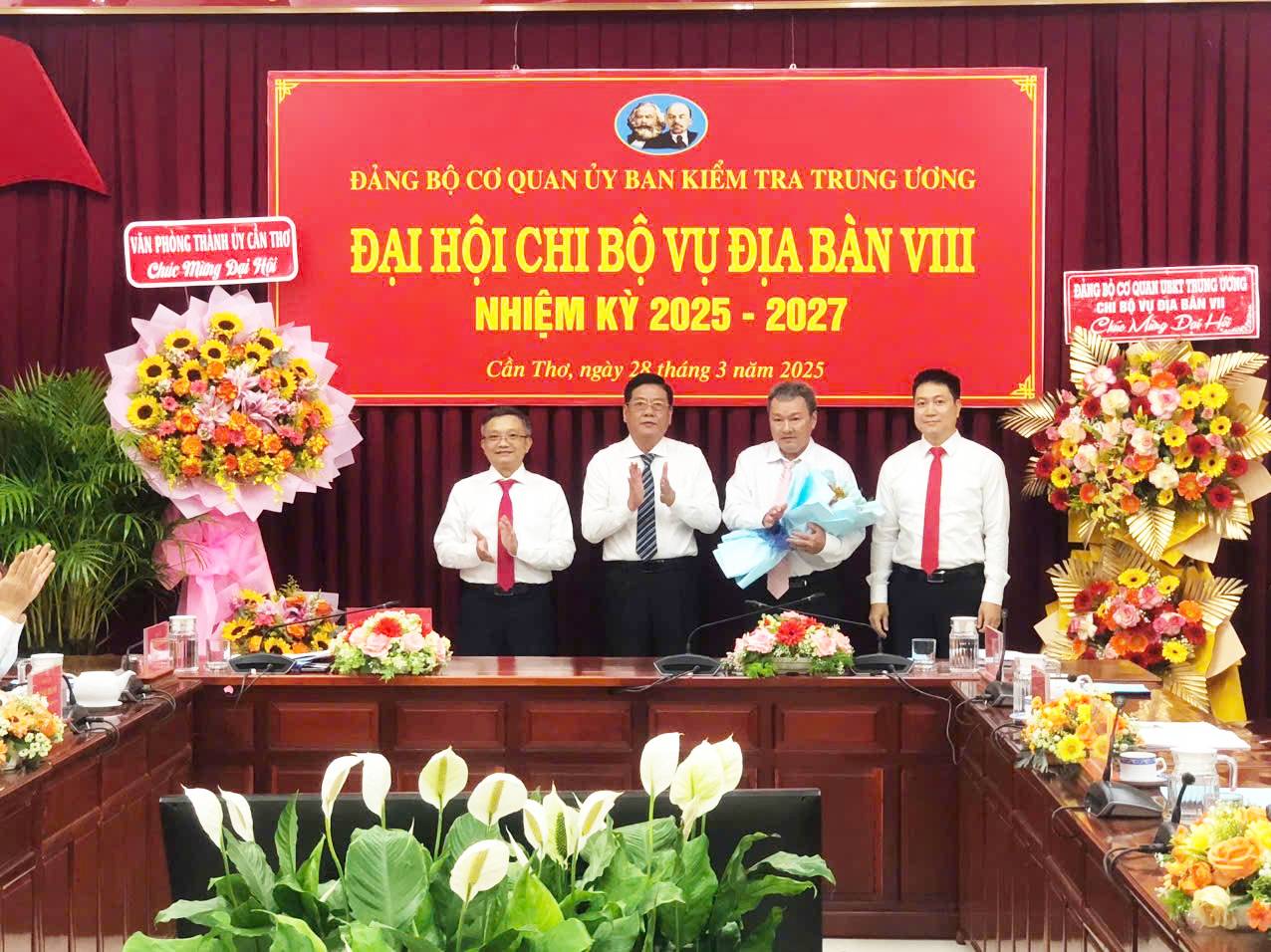

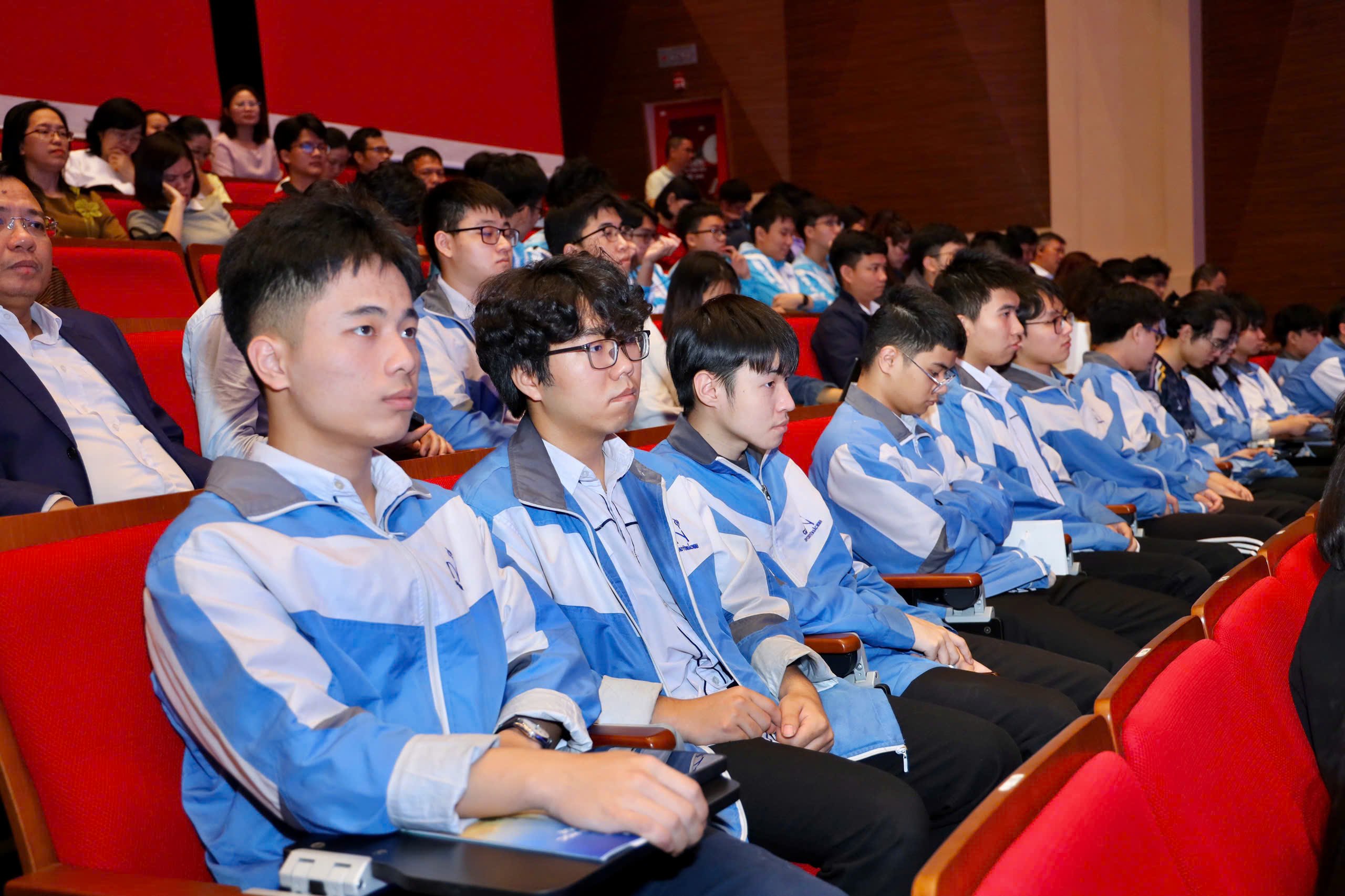



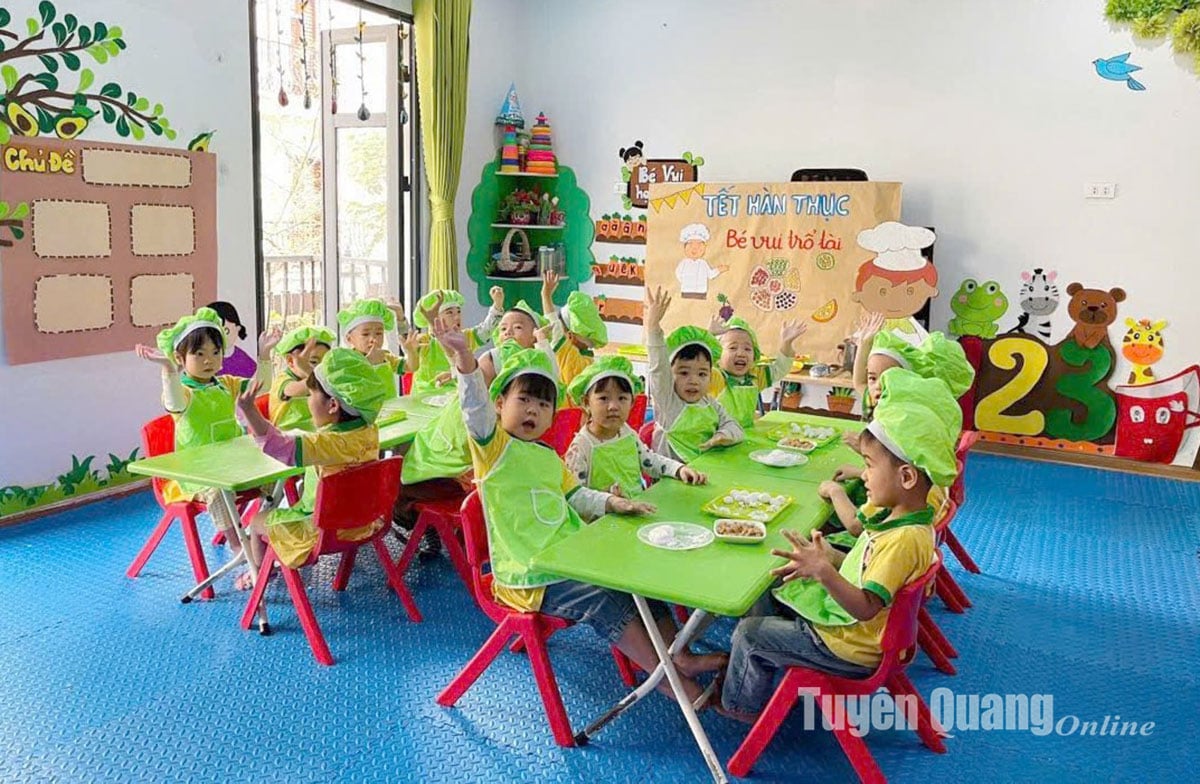


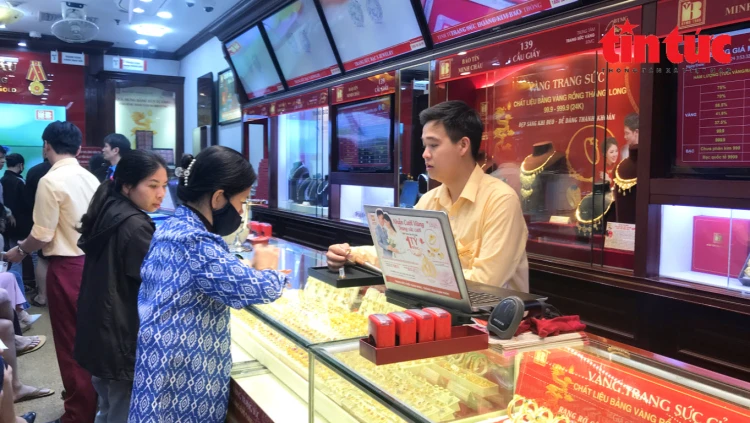

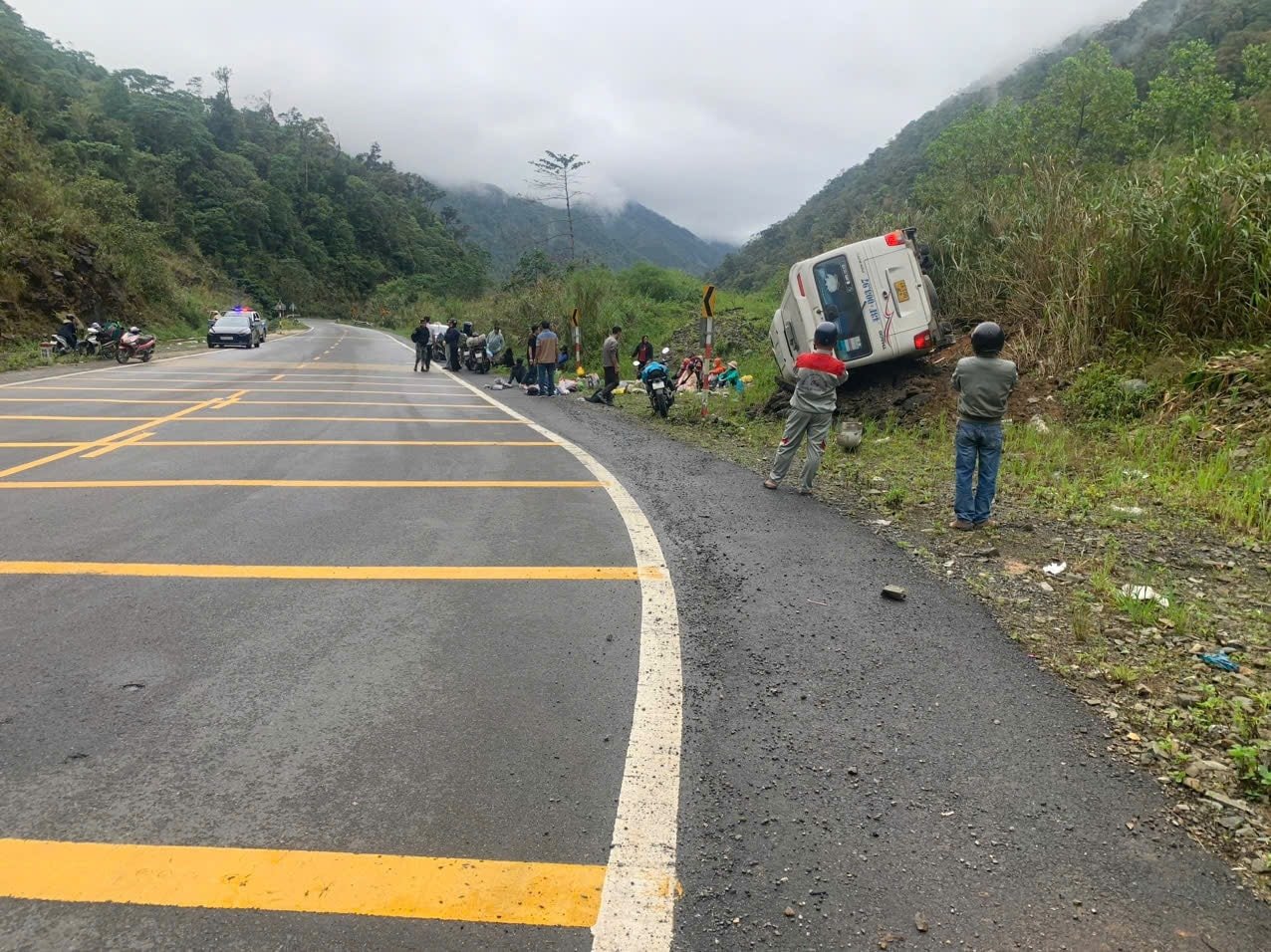

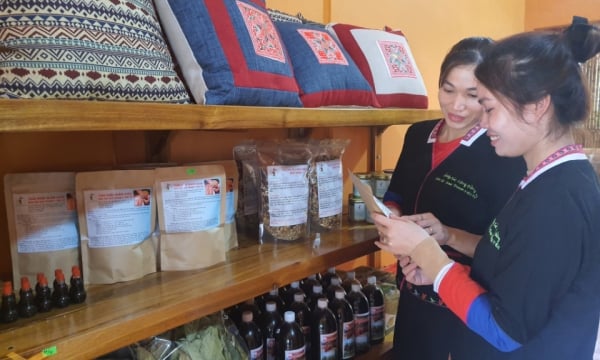







![[REVIEW OCOP] An Lanh Huong Vet Yen Cat](https://vstatic.vietnam.vn/vietnam/resource/IMAGE/2025/3/27/c25032328e9a47be9991d5be7c0cad8c)



Comment (0)